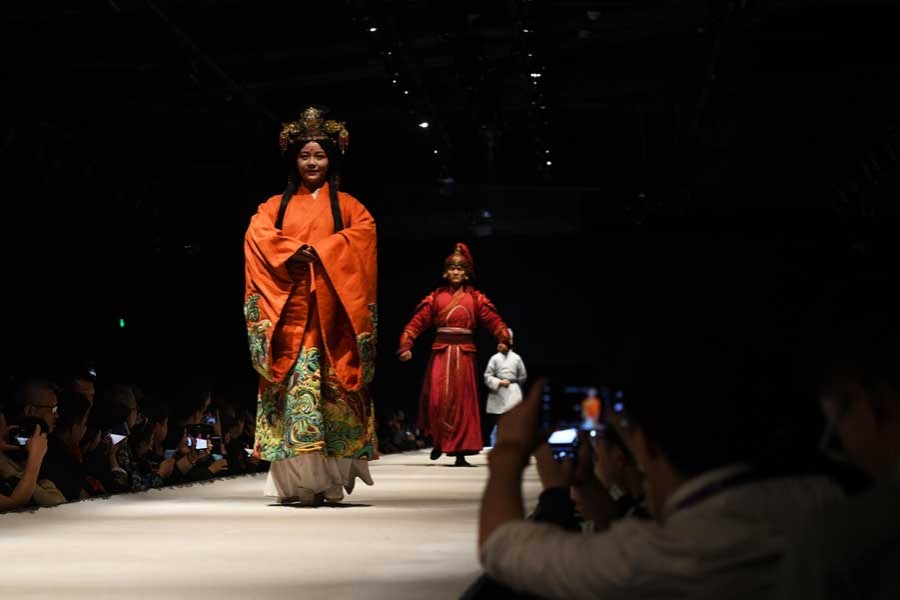Cultural consumption becoming a necessity for life among Chinese: Survey

Published :
Updated :

Cultural consumption is regarded as a necessity for life among Chinese, according to a survey conducted by the China Tourism Academy (CTA) and Shanghai-based Creatoo Company.
Over 70 per cent of the 15,000 respondents across China have participated in cultural activities in the first half of 2019 and nearly 40 per cent were frequent participants.
More than 80 per cent of the respondents joined in cultural activities during travels and the majority of them spent 10 to 30 per cent of their tour expenses for cultural experiences.
In terms of the variety of cultural activities, some 44.8 per cent of the surveyed visited museums or cultural relics, followed by visits to libraries and science museums.
People living in northern and eastern parts of China spend more money on cultural experiences, with a higher percentage of respondents in the areas spending more than 1,000 yuan (142 US dollars) on cultural activities in H1, according to the report.
Over 51 per cent of the respondents regarded cultural consumption more satisfying than food, clothing, housing and transport, and more than 38 per cent regarded them equally necessary for life.
A total of 85 per cent of the respondents said cultural consumption helped boost shopping, dining, hospitality and transport consumption, according to the report.
Dai Bin, CTA president, said that cultural consumption will be a new engine for China's tourism development as more people are favouring in-depth travel experiences.
However, there were some gaps between urban and rural respondents. Eighty-seven per cent of urban respondents participated in cultural activities, 8.7 percentage points higher than that of rural respondents.
Urban respondents also spent more, with 22.8 per cent spending over 1,000 yuan for cultural experiences in H1, outnumbering 15.9 per cent of rural respondents.


 For all latest news, follow The Financial Express Google News channel.
For all latest news, follow The Financial Express Google News channel.